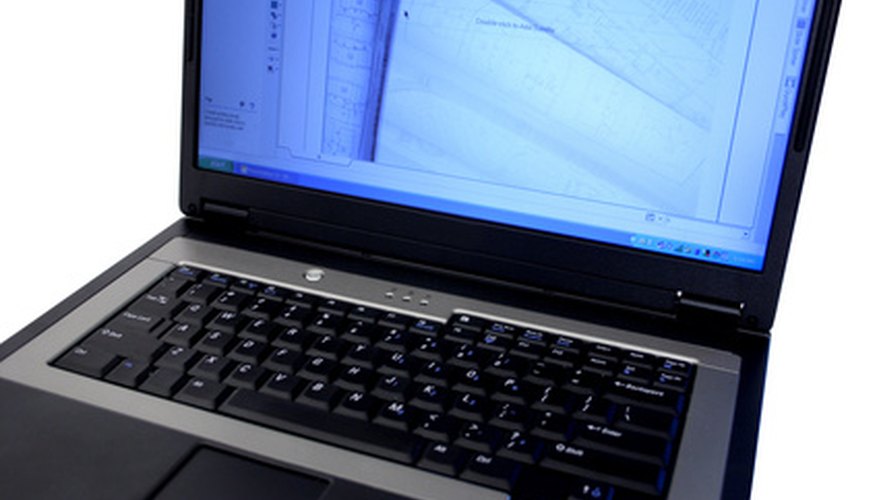PowerPoint presentations offer the dual challenge of first putting together useful, engaging slides, and then presenting the slides in an effective and informative way. Writing a self-evaluation after giving such a presentation will help you pinpoint your strengths and identify the skills you could stand to improve. Whether you are required to write an evaluation for a school assignment, or you just want to get better at PowerPoint presentations for your future career, an evaluation is most effective when you are honest with yourself.
- PowerPoint presentations offer the dual challenge of first putting together useful, engaging slides, and then presenting the slides in an effective and informative way.
- Whether you are required to write an evaluation for a school assignment, or you just want to get better at PowerPoint presentations for your future career, an evaluation is most effective when you are honest with yourself.

Review the PowerPoint presentation. Ideally, you will have access to a video--or at least audio--recording of yourself giving the presentation. If not, you'll have to consult your memory. Look over the slides themselves, comparing them to the assignment guidelines (if this was a school assignment) and the general rules of good PowerPoint presentations.
Effective PowerPoint slides avoid abbreviations, acronyms and long sentences, according to a George Mason University website, while the graphics complement but do not overwhelm the text.

Make a list of strong and weak points of your presentation. Address the content portion of the presentation (whether it was useful, well researched, cogent and so on), the technical aspect (whether the slides were tidy, easy to read and added information) and the speaking aspect. Speaking while giving a PowerPoint presentation trips up many people. Speaking in front of an audience can be very intimidating. But stammering or the constant use of "um" as a verbal placeholder weakens the presentation. If you used "um" a lot, add that to your list of things to improve.
- Effective PowerPoint slides avoid abbreviations, acronyms and long sentences, according to a George Mason University website, while the graphics complement but do not overwhelm the text.
- If you used "um" a lot, add that to your list of things to improve.
Write a draft of the self-evaluation by elaborating on each of your listed points. Convert each point into a separate sentence, paragraph or section, depending upon the required length of your self-evaluation. While you shouldn't be unduly harsh with yourself ("My PowerPoint presentation was awful because my slides were too cluttered"), don't go too easy on yourself either. Teachers or professors will likely give you a lower grade if you claim to have given a perfect presentation.
Polish the draft. Improve the writing by eliminating passive language, checking for errors in grammar and spelling, and rewriting to make your points more concise and connected. Write an introduction describing the presentation (to remind the instructor) and a conclusion summarising how the presentation challenged you, what you learnt and what you will work on improving. An Evergreen College guide to writing a self-evaluation suggests asking yourself, "What was the single most important piece of knowledge gained?"
- Write a draft of the self-evaluation by elaborating on each of your listed points.
- Improve the writing by eliminating passive language, checking for errors in grammar and spelling, and rewriting to make your points more concise and connected.
TIP
If you get stuck thinking of strengths and weaknesses, ask a friend who saw you give the presentation for his honest insights.
